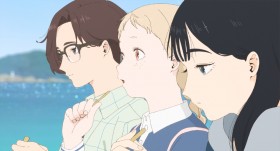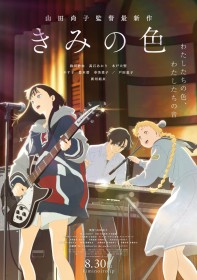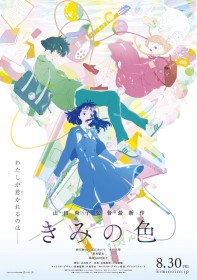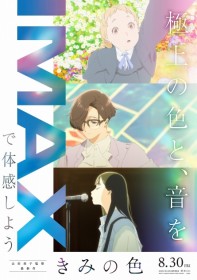INTERVIEW: Naoko Yamada's 'The Colors Within': A Film That Confronts Emotions Beyond Words
Naoko Yamada, who directed the groundbreaking anime K-On! (2009) and made her feature-length directorial debut with K-On! The Movie (2011), has returned with her latest film The Colors Within, which premiered on August 30, 2024. Yamada’s third full-length film, A Silent Voice (2016), was a massive hit, drawing in 1.77 million viewers and grossing ¥2.3 billion. Her ability to beautifully capture the subtleties of everyday life has garnered acclaim both in Japan and internationally, and each of her works is met with great anticipation.
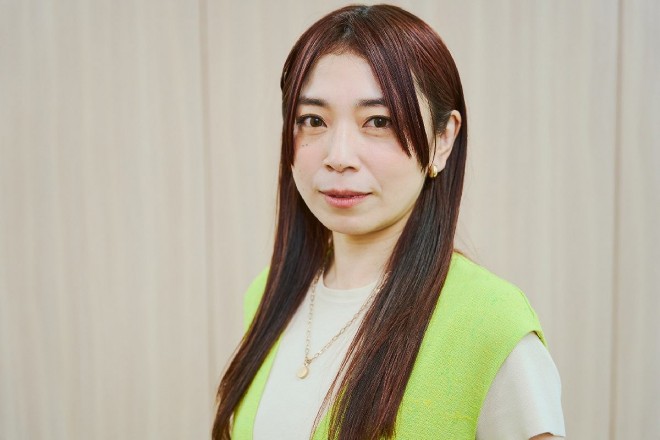
Film The Colors Within directed by Naoko Yamada (Photo by: Tomo Tamura) © ORICON NewS inc.
Since K-On!, Yamada has excelled at weaving stories of "music and youth." In The Colors Within, she once again tenderly portrays the secrets, struggles, and delicate hearts of teenagers through the medium of music. Yamada hopes viewers can embrace their own emotions as they watch the film, saying, "It’s okay if you can’t put it into words, as long as you can affirm the feelings you experienced."
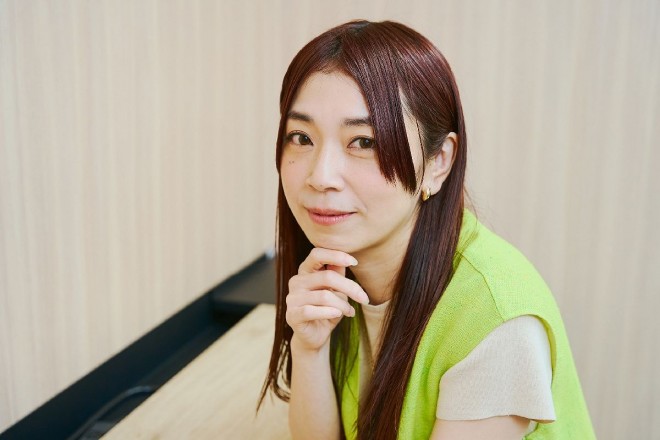
Film The Colors Within directed by Naoko Yamada (Photo by: Tomo Tamura) © ORICON NewS inc.
The story follows Totoko Higurashi, a high school girl who has been able to see people as "colors" since she was a child. One day, she meets Kimi Sakunaga, a girl who emits a beautiful color, and Rui Kagehira, a boy who loves music. Each of them harbors their own unspoken worries, but after a suggestion from Totoko, they start a band together. As they communicate through music, friendship and hints of romance bloom between the three. When the school festival arrives, they perform their first live show, filling the venue with each of their unique "colors" and "sounds" that only they can create.
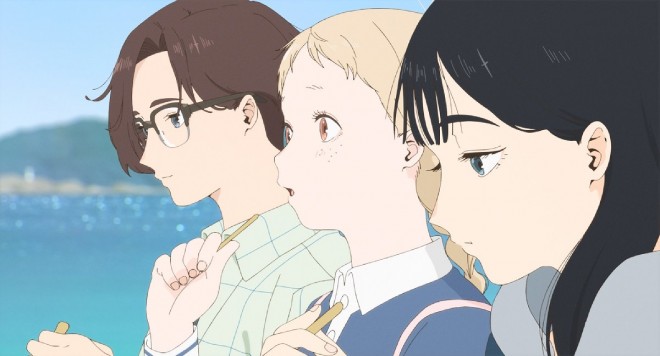
Film The Colors Within © 2024 "The Colors Within" Production Committee
One of the inspirations behind this film was Yamada’s teenage nephew. Reflecting on today’s youth, Yamada says, "Teenagers today are as emotionally sensitive as ever, but their hearts seem more delicate. They are thoughtful in how they choose their words and how they care for others. There are many layers, making it harder to see their true feelings."
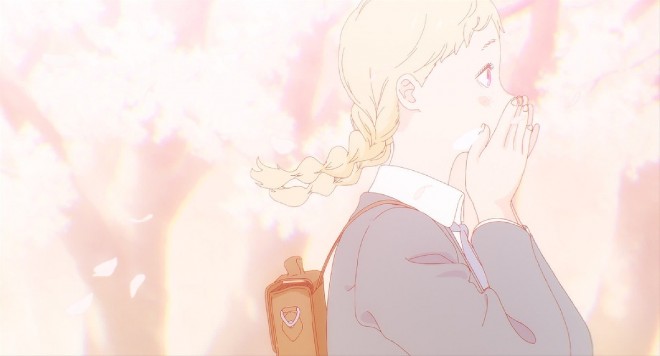
Film The Colors Within © 2024 "The Colors Within" Production Committee
With the widespread use of social media, it has become commonplace for people to play “assigned characters” or switch between different personas depending on the group they belong to or the people they are interacting with.
“I feel that today’s youth are very sensitive to the atmosphere around them and unconsciously balance the version of themselves they want to show and their true selves. They often create a certain character or mold for themselves, but can end up feeling frustrated when they can’t fully fit into it, or find it constricting. The truth is, these molds don’t really matter. I wanted to convey the value of not categorizing oneself, and that you’re charming just the way you are.”
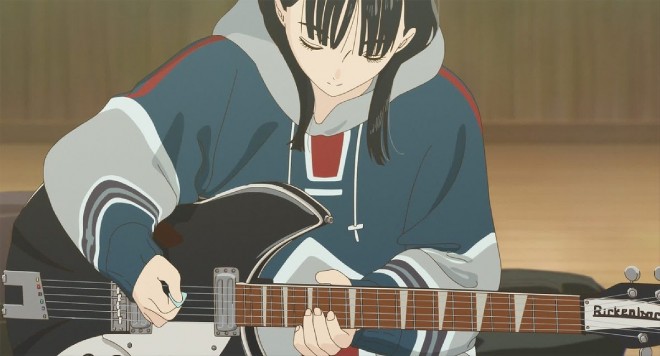
Film The Colors Within © 2024 "The Colors Within" Production Committee
In Totoko’s world, everything is full of "colors" that she perceives people through. These colors, unlike paint, are composed of light’s three primary colors, which turn white when mixed. They are things that cannot be fully expressed with words. In Totoko’s case, she sees “colors,” but others might experience similar sensations as a sort of sixth sense. Because of this, her perceptions are often misunderstood, and over time she stopped talking about them. It became her secret, and she struggled with the fact that she couldn’t see her own "color." Kimi suddenly quit school, but she couldn’t bring herself to tell her grandmother with whom she lived. It wasn’t because she had broken the rules or was rebelling against her grandmother. It was as if the glass of water inside her had simply overflowed, but even she wasn’t sure of the reason. "Kimi was the type who didn’t talk about herself, who couldn’t express what was going on. That’s why no one could figure out why she suddenly left school. I think she quietly wanted to disappear, without anyone noticing. So I decided not to pursue it in the story, to just let it be.”
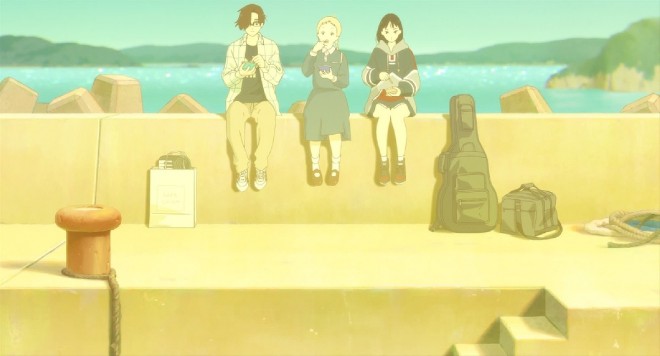
Film The Colors Within © 2024 "The Colors Within" Production Committee
Rui lives on a remote island and is expected by his mother to take over the family hospital. Although he studies properly for that, deep down he wants to pursue a career in music, which is why he eagerly accepted Totoko's offer to start a band. Though the three are fragile, “they don’t blame others for their shortcomings or lack of confidence. They may be delicate, but they have strong cores and are capable of caring for others.”
The story beautifully depicts the small changes that occur as these three come together, accidentally starting a band and experiencing a series of little miracles. The script was written by Reiko Yoshida, who has frequently collaborated with Director Yamada since the K-On! series. “We wanted to create a gentle world, a film that makes you feel at peace. Life is hard enough, but for the short time spent watching the movie, I want the audience to feel that it’s okay to be kind to themselves and feel warm inside.”
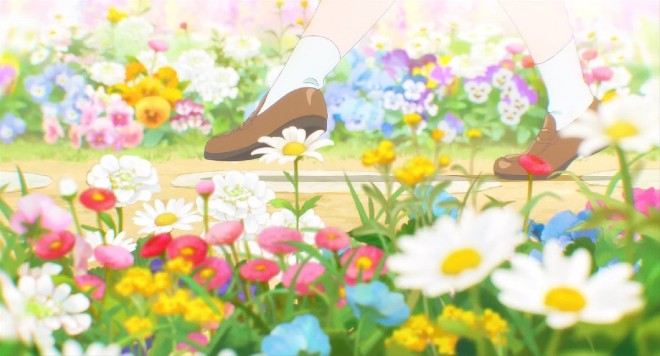
Film The Colors Within © 2024 "The Colors Within" Production Committee
Yamada encourages viewers to strip away the layers and experience the film with their hearts. "There’s no need to put your feelings into words. Whether you cried, felt moved, or connected with something – or even if you didn’t quite feel that way – what’s important is that you acknowledge the feelings you experienced. I hope the audience embraces whatever emotions they felt without having to explain them.”
One of the highlights of the film is the music played by the three characters. The score was composed by Kensuke Ushio, who previously worked on Yamada’s films A Silent Voice (2016), Liz and the Blue Bird (2018), and the anime series The Heike Story (2022). Ushio, known for his diverse and cutting-edge soundtracks, composed music that is simple yet authentic enough to be believable as something the characters, who are new to their instruments, could actually play.
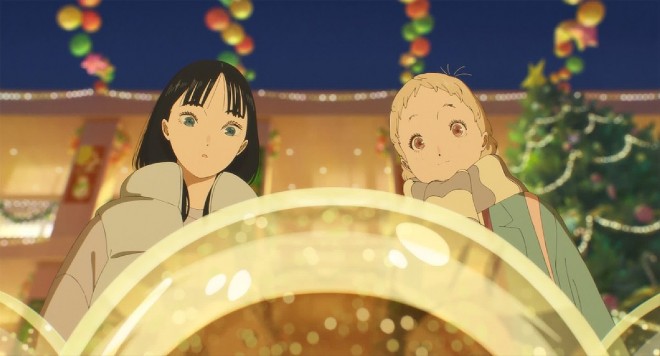
Film The Colors Within © 2024 "The Colors Within" Production Committee
Yamada feels confident in the music’s role in the film: “Ushio created music that feels genuine, something the characters, who are just starting out, could realistically perform. The music fits the world of the film without any falsehood.” Yamada also expresses her ongoing fascination with music. “I can’t play any instruments myself, so I’ve always had a deep admiration and respect for those who can. I’m really interested in what it feels like to play or compose music. In the film, there’s a scene where a character plays the guitar… It gave me an excuse to ask professionals to teach me about it, and that was really fun for me. I hope to always stay connected with music.”
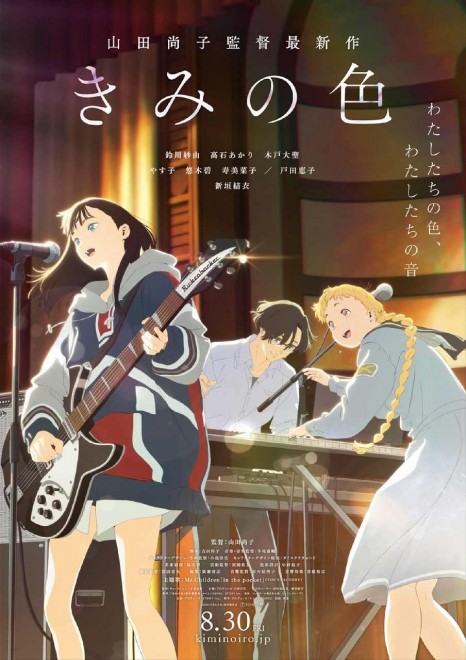
Film The Colors Within © 2024 "The Colors Within" Production Committee
Source : ORICON NEWS
![[Anime Movie] Naoko Yamada's The Colors Within Makes Korean Premiere at Busan International Film Festival](/upimg/thumb/1000/1646/img280/1a21964e95b95a604b08f61851c38e7f.jpg)
